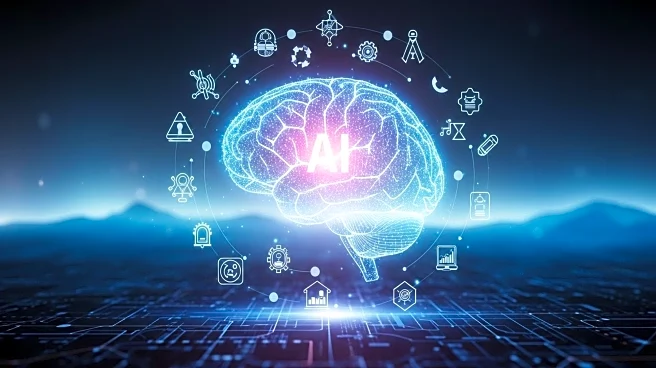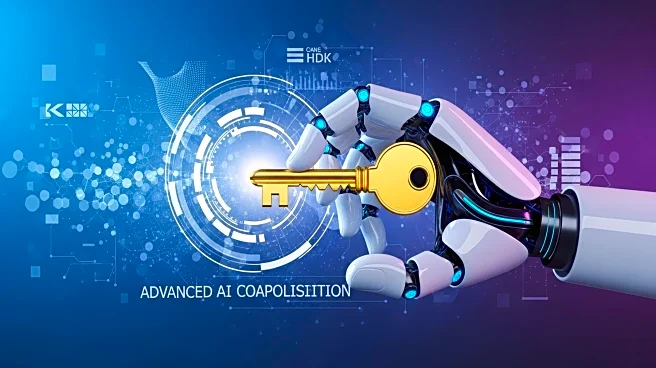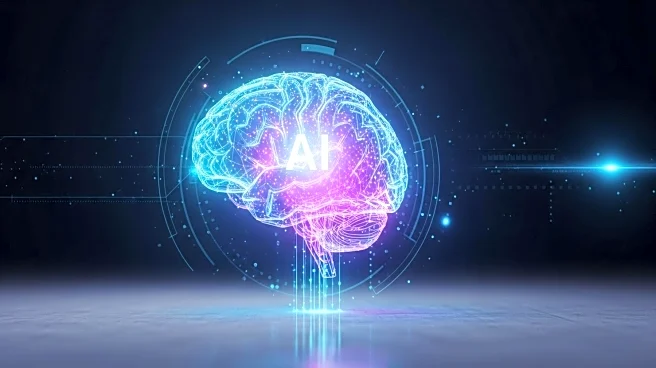What's Happening?
Artificial intelligence (AI) is increasingly being integrated into learning and development (L&D) programs within organizations, promising to streamline administrative tasks and enhance personalized learning experiences. However, there are concerns about the potential risks associated with AI in training. The technology can accelerate changes but may not address foundational issues within L&D strategies. AI tends to remove 'desirable difficulty' from program design, which is crucial for fostering critical thinking. This can lead to the development of solutions that address the wrong problems. Many organizations still struggle with data issues, and AI can inadvertently amplify flawed assumptions, undermining corporate training efforts. The reliance on biased systems, such as manager feedback and self-assessments, can lead to misguided training programs.
Why It's Important?
The integration of AI in training is significant as it highlights the need for organizations to critically assess their L&D strategies. While AI can enhance efficiency, it also poses the risk of perpetuating existing biases and flawed assumptions. This can result in ineffective training programs that fail to address the actual needs of the workforce. Organizations must ensure that they have a strong behavioral baseline and use a combination of quantitative and qualitative metrics to accurately assess employee behavior. This is crucial for developing effective training interventions that truly support organizational goals. The broader impact of AI in training extends to the workforce, as it influences how employees develop skills and adapt to changing job requirements.
What's Next?
Organizations are encouraged to invest in robust data collection methods and to critically evaluate their L&D strategies. This involves using structured interviews, behavioral surveys, and focus groups to gain a comprehensive understanding of employee behavior. By doing so, organizations can ensure that AI is used effectively to support positive change rather than merely accelerating flawed processes. L&D teams must also be empowered to challenge training requests and consider whether training is the appropriate solution. The focus should be on using AI to free up time for human-centric tasks, such as engaging with employees and planning for effective evaluation.
Beyond the Headlines
The ethical implications of AI in training are significant, as the technology can inadvertently reinforce biases and lead to unfair treatment of employees. Organizations must be vigilant in ensuring that AI is used responsibly and that it complements human expertise rather than replacing it. The long-term shift towards AI-driven training also raises questions about the role of human judgment in L&D and the importance of maintaining a balance between technology and human interaction.










